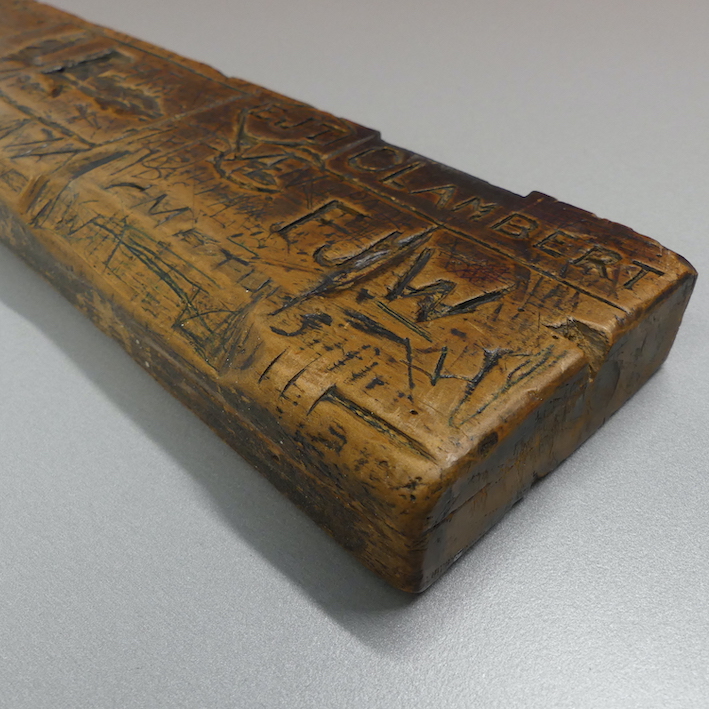The Classroom Experience
The objects in this storyline help paint a picture of what life was like for students attending lectures during the early years of Canterbury College (1878-1957). Elements of sophistication and professionalism were evident throughout campus. The continuity of Gothic Revival design in architectural structures and interior furnishings created a space where knowledge could be absorbed and the limits of academia could be tested, while the use of academic day gowns created a sense of community amongst students and staff.
With the outbreak of the Second World War in 1939, the formal scholar’s attire lost its importance and war efforts began to occupy the minds of both students and staff. Although global events during this time saw a momentary drop in student numbers, the College roll eventually recovered and even doubled from 1948-1971. The shift to the Ilam campus in this period became inevitable, as Canterbury University College had a total of 3023 students by 1959, too many for the central city site. While the two campuses share little in the way of architectural or interior design, the focus has always been on creating a space that can accommodate the teaching and learning needs of students and staff.





